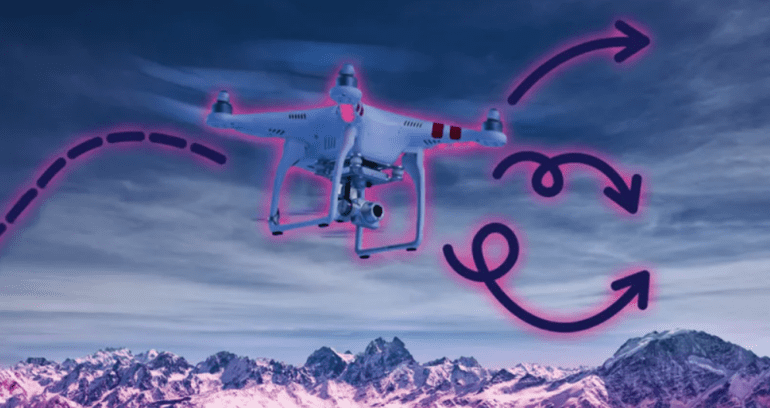TL;DR:
- MIT and Stanford researchers have developed a groundbreaking machine-learning approach.
- It enhances robot, drone, and autonomous vehicle control in dynamic, rapidly changing environments.
- The technique integrates control theory into machine learning, allowing for effective controller extraction from the model.
- It offers superior data efficiency, enabling faster adaptation to changing conditions.
- Testing shows the controller closely tracks desired trajectories and outperforms baseline methods.
- This approach is data-efficient, modeling complex dynamics with minimal data.
- The implications span various applications, from robotic arms to spacecraft.
- The fusion of control theory and machine learning holds the potential for unprecedented adaptability in autonomous systems.
Main AI News:
In a remarkable collaboration between MIT and Stanford University, a groundbreaking machine-learning technique has emerged, promising to revolutionize the control of robots, drones, and autonomous vehicles in the face of ever-changing and dynamic surroundings. This innovative approach taps into the depths of control theory, offering a path to unleash the true potential of machine learning in real-world applications.
Imagine an autonomous vehicle navigating treacherous roads during a snowstorm or a drone gracefully trailing a downhill skier amid gusty winds. These are precisely the scenarios where this transformative technique shines, enabling machines to adapt and excel in dynamic conditions.
Navid Azizan, the Esther and Harold E. Edgerton Assistant Professor in the MIT Department of Mechanical Engineering and the Institute for Data, Systems, and Society (IDSS), along with his team, is at the forefront of this pioneering work. They have successfully integrated control theory into the machine-learning process, creating a novel approach that empowers robots to navigate complex dynamics with finesse.
Azizan explains, “The focus of our work is to learn intrinsic structure in the dynamics of the system that can be leveraged to design more effective, stabilizing controllers. By jointly learning the system’s dynamics and these unique control-oriented structures from data, we’re able to naturally create controllers that function much more effectively in the real world.“
What sets this approach apart is its ability to immediately extract an effective controller from the learned model. Traditional machine-learning methods often require additional steps to derive or learn a controller separately. With this innovative structure, the MIT-Stanford collaboration also achieves superior data efficiency, ensuring faster performance gains in rapidly changing environments.
Lead author Spencer M. Richards, a graduate student at Stanford University, elaborates, “Our approach is inspired by how roboticists use physics to derive simpler models for robots. Physical analysis of these models often yields a useful structure for the purposes of control—one that you might miss if you just tried to naively fit a model to data. Instead, we try to identify similarly useful structure from data that indicates how to implement your control logic.“
The results of their pioneering work are impressive. In rigorous testing, their controller consistently tracked desired trajectories, surpassing all baseline methods. Notably, the controller extracted from their learned model nearly matched the performance of a ground-truth controller, built with precise knowledge of the system’s dynamics.
Furthermore, this technique proved to be remarkably data-efficient. It effectively modeled a highly dynamic rotor-driven vehicle with just 100 data points, outperforming methods that relied on multiple learned components. This efficiency makes it particularly valuable in situations where rapid learning is essential, such as drones or robots adapting to swiftly changing conditions.
The implications of this research extend far and wide. From robotic arms to free-flying spacecraft in low-gravity environments, the potential applications are vast. This groundbreaking approach promises to redefine the boundaries of machine learning in robotics, ushering in a new era of adaptability and efficiency.
Conclusion:
This groundbreaking machine-learning technique holds significant promise for the market. It signifies a major step forward in the field of robotics, enabling machines to adapt and excel in rapidly changing environments with greater precision and efficiency. As a result, industries reliant on robotics and autonomous systems can expect increased reliability and performance, potentially opening up new possibilities and applications.

